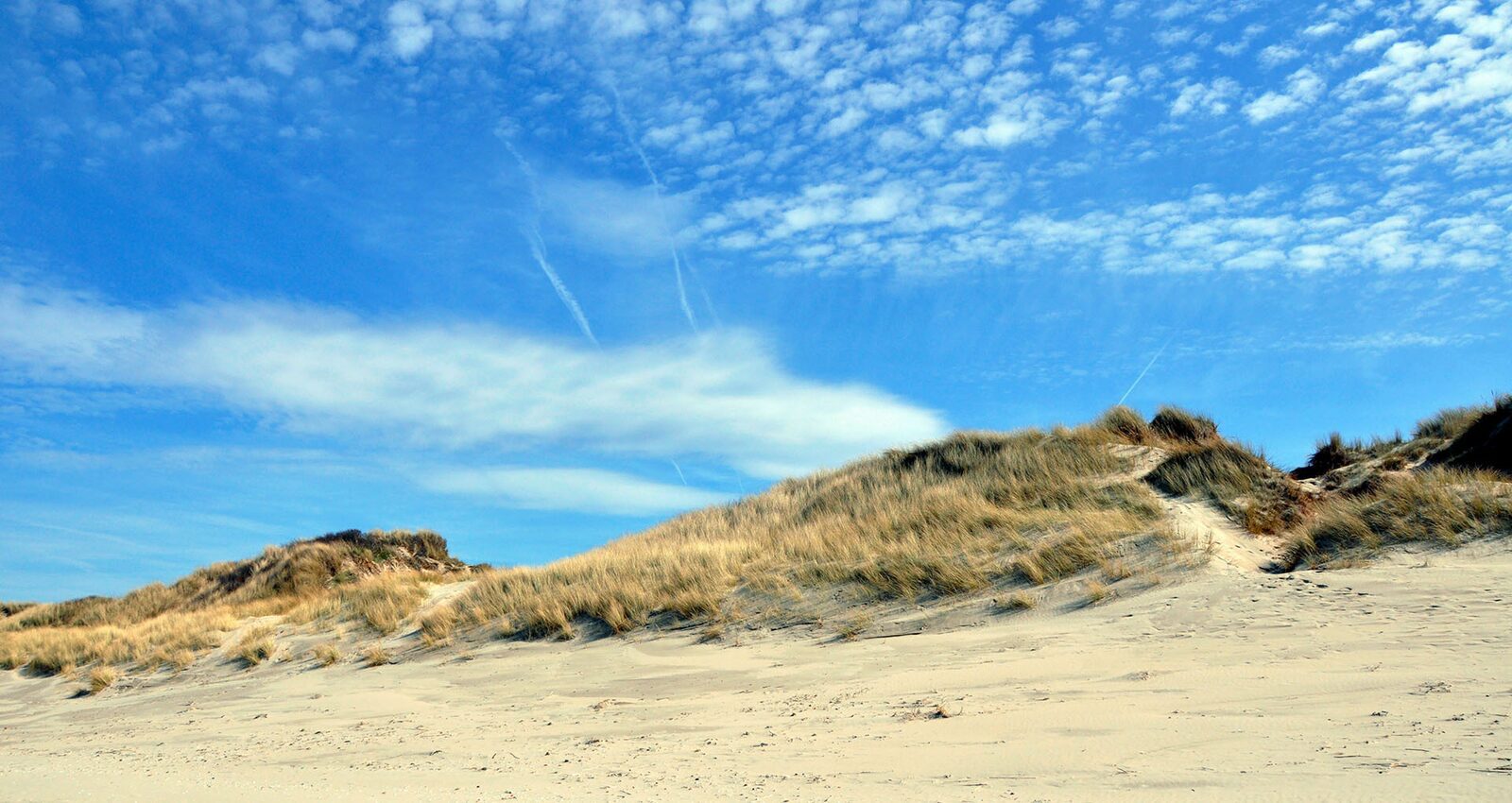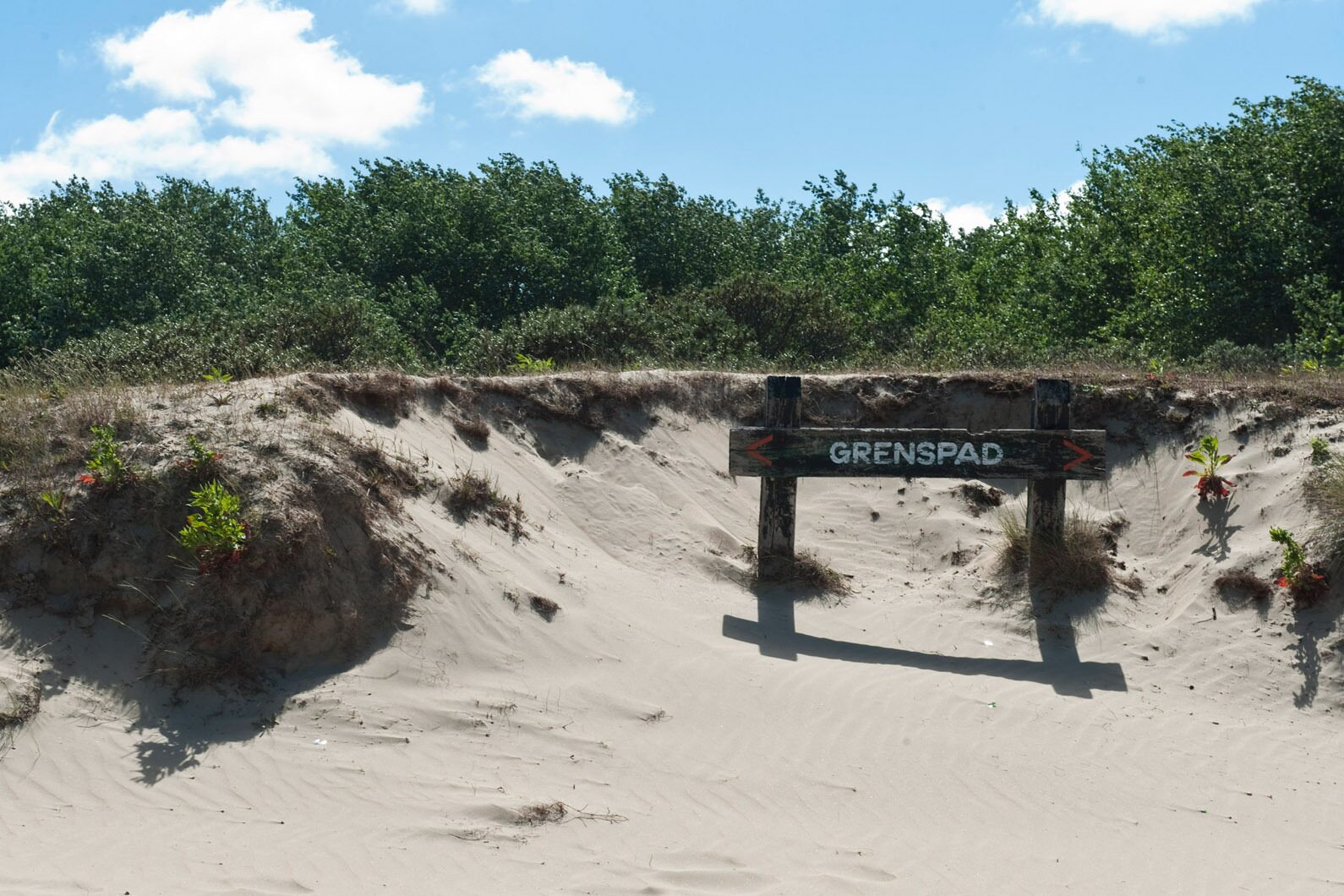
Fauna & Flora in Bray-Dunes - Travel & Holiday Guide
- Home
- Tourist Guide Bray-Dunes / Fauna & Flora
A little culture never hurts, here is a quick presentation of the natural spaces of Bray-Dunes.
NATIONAL NATURE RESERVE OF THE DUNE MARCHAND
The Marchand Dune is located on the North Sea coast east of Dunkirk. It is part of the Dunes of Flanders. It forms a natural and diversified environment in constant evolution.
You can see natterjack toads, great crested newts, red-legged frogs and a few dragonflies, in short, beautiful animals. In spring, the song of the nightingale can be heard hidden in the thickets.
With almost 400 species, this site is home to a very varied flora. The oyat and the sea buckthorn are very present here.
On the dune, there are a few pioneer plants adapted to a high level of salinity, such as couch grass and sea cucumber.
The dune is home to plants adapted to the particularly dry conditions of the environment: this explains the small size of the plants present.
PARROT DUNE
The natural richness of the dunes is linked to the great diversity of environments found there. Home to more than 350 plant species and a very specific fauna, it is in the open environments (grasslands, pannes) that a number of heritage species are found, such as the marsh parnassus, the fangland gentian, the obscure helianthemum, the burnet rose, or the blackish choin, which you will obviously know (nod your head and pretend you don't, no one will notice).
70 species of birds nest in the dunes. The nightingale, difficult to see but very recognisable by its powerful, fluttery song, hides in the sea buckthorn thickets. Many birds use the site, which is located on a major migration route, for stopovers and wintering.




